Menu
Close
Showing 1–16 of 74 results
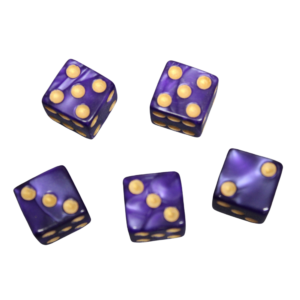

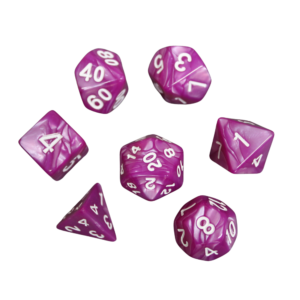
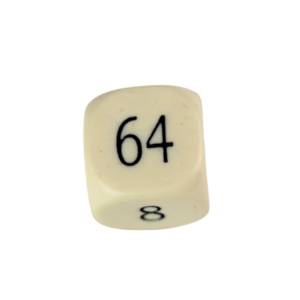
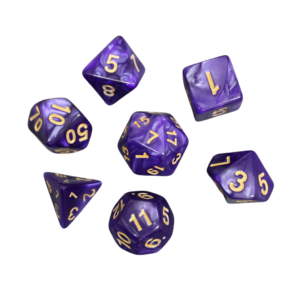
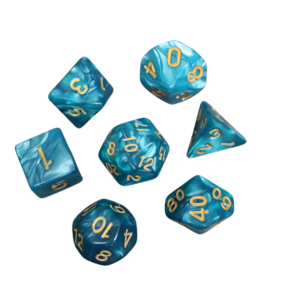




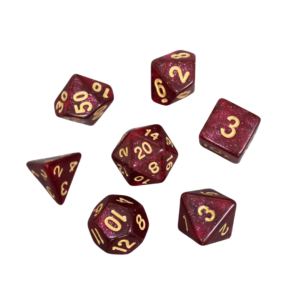
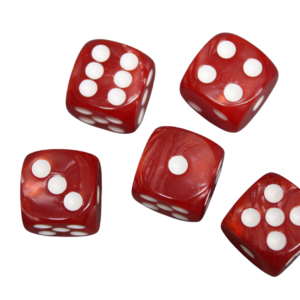
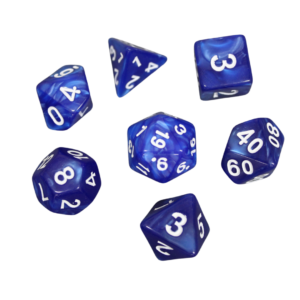
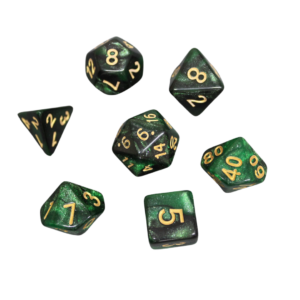

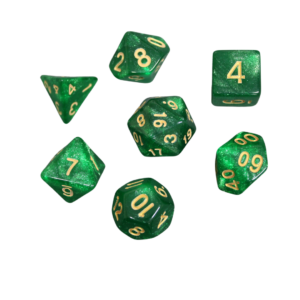
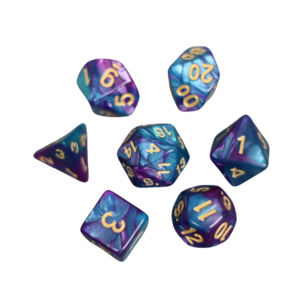
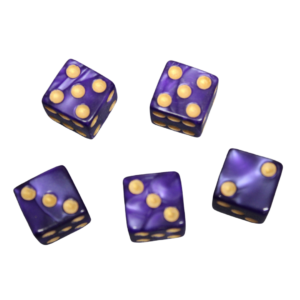
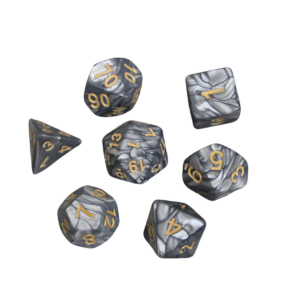
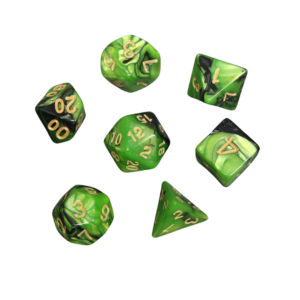
Dices are small, throwable objects with multiple resting positions, used for generating random numbers. They are essential tools in a variety of games, from ancient board games to modern table top role-playing games like Dungeons & Dragons. Beyond their practical uses, dices have a universal appeal, transcending cultures and generations. They are not just gaming tools but also symbols of chance, strategy, and even art.
The Universal Appeal of Dices
Dices have been used for thousands of years across different cultures. From the Roman Empire to ancient China, dices have played a significant role in games, gambling, and even decision-making. Their simplicity and versatility make them a timeless tool for generating randomness.
Why Dices Are More Than Just Gaming Tools
While dices are most commonly associated with games, their uses extend far beyond the gaming table. They are used in educational settings, artistic projects, and even in decision-making processes. The humble dice is a multifaceted object that continues to captivate people around the world.
The history of dices is as old as civilisation itself. Archaeological evidence suggests that dices were used in ancient Mesopotamia as early as 3000 BCE. These early dices were made from materials like bone, wood, and ivory.
Ancient Origins of Dices
The oldest known dice were found in the Burnt City, an archaeological site in Iran, dating back to 2800-2500 BCE. These dice were six-sided, much like the ones we use today, indicating that the basic design has remained relatively unchanged for millennia.
Evolution of Dices Through the Ages
Over the centuries, dices have evolved in both design and material. The Romans, for example, favoured dice made from bone and ivory, while medieval Europeans often used wooden dice. The industrial revolution brought about the mass production of plastic dice, making them more accessible to the general public.
The Role of Dices in Historical Games and Gambling
Dices have always been closely associated with gambling. In ancient Rome, dice games were a popular pastime, often played for money. Similarly, in medieval Europe, dice games were a common form of entertainment, despite being frowned upon by the church.
Dices come in a variety of shapes and sizes, each serving a specific purpose. The most common type is the six-sided dice, but there are many other types used in different games and applications.
Standard Six-Sided Dices
The six-sided dice, or cube, is the most recognisable and widely used type of dice. It is used in a multitude of games, from board games like Monopoly to gambling games like craps.
Polyhedral Dices Used in Tabletop Games
Tabletop role-playing games like Dungeons & Dragons use a set of polyhedral dice, including four-sided (d4), eight-sided (d8), ten-sided (d10), twelve-sided (d12), and twenty-sided (d20) dice. Each die has a specific role in the game, adding layers of complexity and strategy.
Specialty Dices
There are also specialty dice designed for specific purposes. Casino dice, for example, are precision-engineered to ensure fairness and balance. Novelty dice come in various shapes and designs, often used for decorative purposes or unique games.
The material of a dice can significantly affect its feel, durability, and aesthetic appeal. Traditional materials like bone and wood have given way to modern options like plastic and metal.
Traditional Materials
Modern Materials
Eco-Friendly and Sustainable Options
With growing environmental concerns, there is a rising demand for eco-friendly dice made from sustainable materials like bamboo or recycled plastics.
Dices are integral to many games, providing an element of chance that can make gameplay exciting and unpredictable.
Dices in Board Games and Card Games
From classics like Monopoly and Yahtzee to modern board games, dices are a staple component. They determine movement, outcomes, and even player interactions.
Dices in Role-Playing Games
In role-playing games like Dungeons & Dragons, dice rolls determine the success or failure of actions, adding a layer of suspense and strategy to the game.
Dices in Gambling and Casinos
In casinos, dice games like craps are immensely popular. Casino dice are precision-made to ensure fairness, with strict regulations governing their use.
For many, collecting dice has become a hobby in itself. Rare and unique dice sets are highly sought after, with some collectors willing to pay a premium for special editions.
The Growing Hobby of Dice Collecting
Dice collecting has gained popularity, with enthusiasts seeking out rare, handmade, or historically significant dice.
Rare and Unique Dices to Look Out For
Some dice sets are made from precious materials like gemstones or feature intricate designs. These are often limited editions and can be valuable collectibles.
Tips for Starting and Maintaining a Dice Collection
The world of dice is constantly evolving, with new designs and technologies adding exciting possibilities.
Glow-in-the-Dark and LED Dices
These dice add a fun, visual element to games, glowing or lighting up when rolled.
Magnetic and Weighted Dices
Magnetic dice can stick to surfaces, while weighted dice are designed for specific outcomes, though their use in gambling is regulated.
Digital Dice Rollers and Hybrid Options
Digital dice rollers offer a modern alternative, especially useful for online gaming. Hybrid options combine physical dice with digital features.
There are several myths and misconceptions surrounding dice that are worth addressing.
Myth: All Dices Are Fair and Balanced
While most commercial dice are designed to be fair, imperfections can occur. Casino dice are rigorously tested to ensure balance.
Myth: Expensive Dices Roll Better
The price of a dice often reflects its material and design, not its rolling performance. A well-made plastic dice can roll as fairly as an expensive metal one.
Myth: Dices Are Only for Gaming
As this article shows, dice have a wide range of uses beyond gaming, from education to art.
The future of dice looks bright, with ongoing innovations and a growing appreciation for their versatility.
Trends in Dice Design and Manufacturing
Expect to see more eco-friendly materials, intricate designs, and technological integrations.
The Growing Popularity of Bespoke and Artisanal Dices
Handmade and custom dice are becoming increasingly popular, offering unique and personalised options.
How Technology Might Influence Dices in the Future
Digital and hybrid dice could become more common, especially in online and augmented reality gaming.
Dices are more than just simple tools for generating random numbers. They have a rich history, a wide variety of types and materials, and numerous applications beyond gaming. Whether you’re a gamer, a collector, or simply someone who appreciates the beauty and versatility of dice, there’s no denying their enduring appeal. So next time you roll a dice, take a moment to appreciate the fascinating world it represents.
Subscribe To Our Newsletter For Latest Updates On Our Products and Also Save 10% On Your Order With Us
Copyright © 2024 The Backgammon Set Company | All Rights Reserved.
Add Your Email Below: